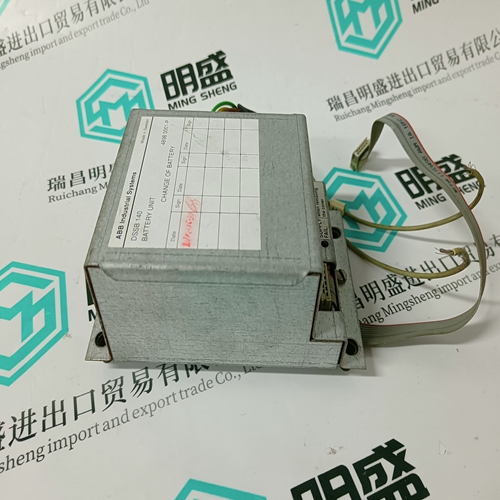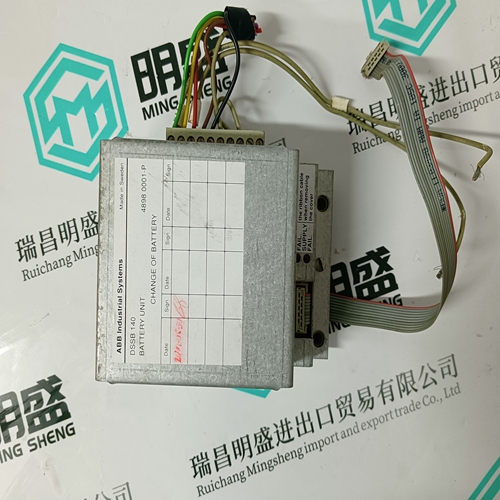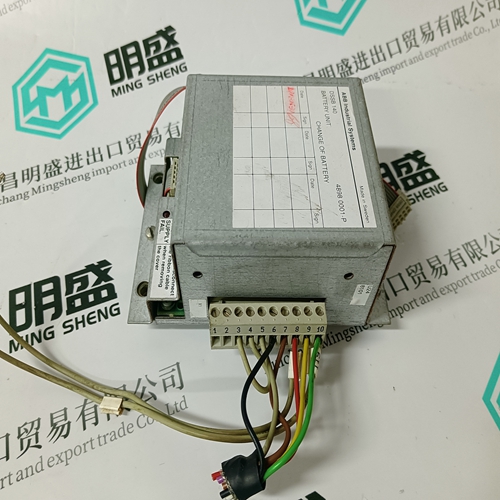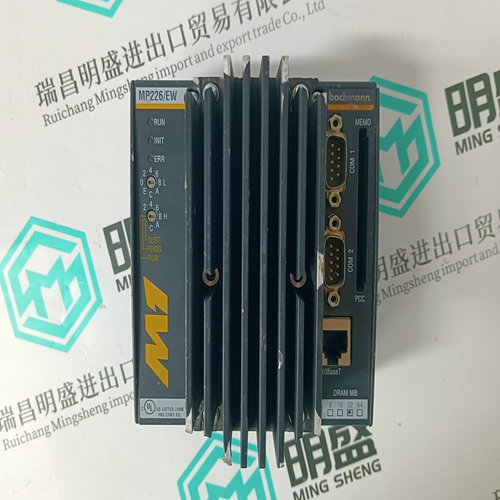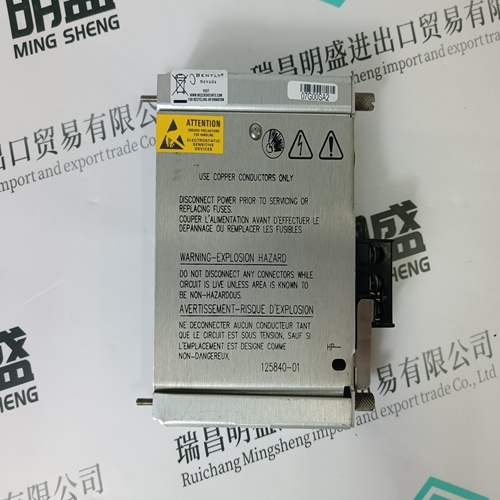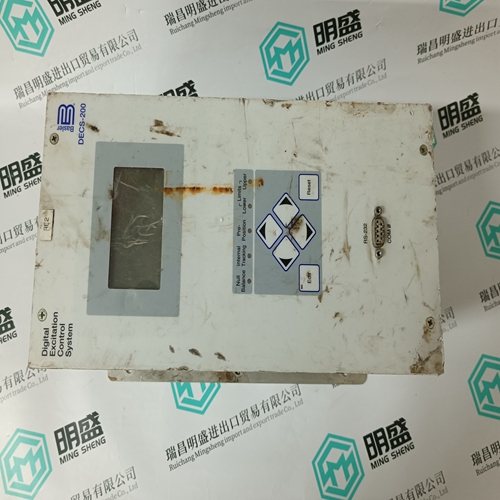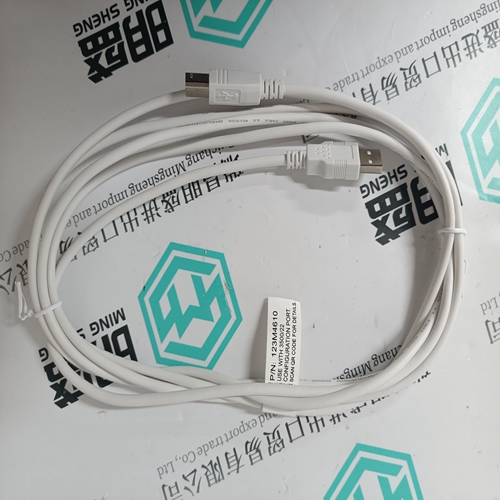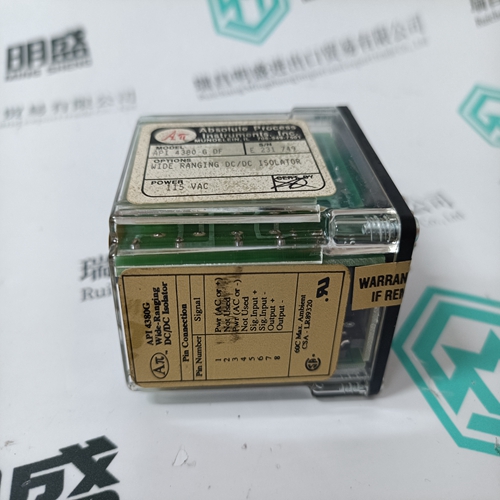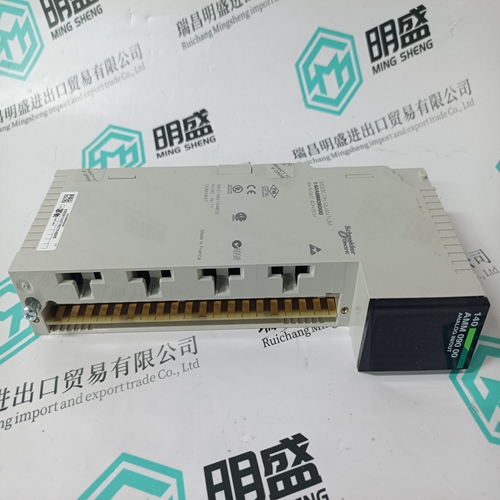Home > Product > DCS control system > DSSB140 48980001-P Logic control card
DSSB140 48980001-P Logic control card
- Product ID: DSSB140 48980001-P
- Brand: ABB
- Place of origin: The Swiss
- Goods status: new/used
- Delivery date: stock
- The quality assurance period: 365 days
- Phone/WhatsApp/WeChat:+86 15270269218
- Email:stodcdcs@gmail.com
- Tags:DSSB140 48980001-PLogic control module
- Get the latest price:Click to consult
The main products
Spare parts spare parts, the DCS control system of PLC system and the robot system spare parts,
Brand advantage: Allen Bradley, BentlyNevada, ABB, Emerson Ovation, Honeywell DCS, Rockwell ICS Triplex, FOXBORO, Schneider PLC, GE Fanuc, Motorola, HIMA, TRICONEX, Prosoft etc. Various kinds of imported industrial parts
DSSB140 48980001-P Logic control module
In most cases, the SERVOSTAR CD-Lite communicates error codes with a text message via the serial port to the host. Some error codes are also transmitted to the status display. The same message is saved in the EEPROM under an error history log (FLTHIST, ERR) so that nothing is lost when power is removed. Not all errors reflect a message back to the host. In these cases, the no-message errors communicate only to the status display. The response of the SERVOSTAR CD-Lite to an error depends on the error's severity. There are three levels of severity: 1. Warnings, simply called errors, are not considered faults and do not disable operation 2. Non-fatal errors, or simply faults, that disable the drive and indicate a fault status 3. Fatal errors, or fatal faults, that disable almost all drive functions (including communications) The drive is automatically disabled at the occurrence of a fault. Executing a drive disable command (DIS or K) followed by the EN command, or toggling the Remote Enable line (REMOTE) resets the fault latch. If the fault condition is no longer present, re-enables the system.Bus UnderVoltage: An under-voltage condition shuts down the drive and displays an ‘u’ in the status display. This fault normally occurs when the incoming line voltage drops out or a fault occurs in the power supply.
Fault Monitoring System
The SERVOSTAR CD-Lite’s microprocessor is constantly monitoring the status of many different components. In general, all fault conditions are latched so you can readily determine the source of the problem. When a fault is detected, it is logged in the internal error log, indicated in the status display, enunciated over the serial port, and in most conditions causes a drive disable. Many faults can be reset by toggling the hardware remote enable (REMOTE input). The following is a list of the more frequent faults the drive detects in the unit hardware and operating system. Motor OverTemperature: The Motor’s External Thermostat input is monitored for an open circuit condition. The user can define (using THERMODE) what happens under this fault condition. The worst case event is a power stage disable when an ‘H’ appears in the status display, and the fault relay contacts (RELAY) are open. Drive OverTemperature: The internal heatsink temperature is monitored for an unsafe condition. This condition causes a ‘t’ to be displayed and disables the drive. The drive will eventually cool enough to allow reset of this condition. RMS OverCurrent (FoldBack): The FoldBack detection system can ‘clamp’ the available output current. This is not a true fault condition, but may cause undesired performance, due to the command current being limited below what is required to achieve the desired performance. This condition is indicated with a flashing ‘F’ in the status display and can be detected by monitoring the FOLD switch variable. Bus OverVoltage: An over-voltage condition shuts down the drive and displays a lower-case ‘o’ in the status display. This fault occurs mostly during regen operation where the BUS is raised to higher values than that produced by the power supply.
